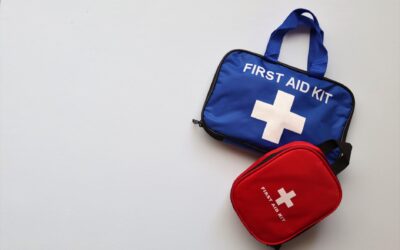Hill & Harbour Veterinary Center Blogs
We love educating our clients, that’s why we have curated and shared posts filled with helpful information regarding pet care.
Veterinary Blog
National Chip Your Pet Month
3 Reasons Why Every Pet Owner Should Microchip Their Pet Photo by Dids on Pexels.com Is there any greater fear than the thought of losing your four-legged friend? No matter whether you live near a busy road, in the middle of a vast wilderness, or...
Spring Skin Allergies in Pets
April Showers Bring Spring Skin Allergies in Pets As spring brings warmer weather and new growth, it also brings something morethreatening—pollen. This yellow substance triggers irritating allergies in people and pets alike and can cause a wide...
Is Your Cat Stressed Out?
Three Potential Signs of a Seriously Stressed Out Cat Cats are highly sensitive creatures, which means they don’t react well to change. Whether the disruption is minor, such as moving clocks ahead an hour and changing a routine. Or major, such as...
How To Pack Your Pet’s First Aid Kit
It pays to be prepared. Learn how to pack your pet's first aid kit. Your furry pal is surrounded by hazards every day. Sometimes, these hazards can cause a life-threatening or fatal condition if not treated quickly enough, which is where pet first...
Respect Your Cat’s Special Nature
Show your cat that you respect their special nature by following these 3 easy steps. On March 28, we celebrate Respect Your Cat Day. While proud felines typically demand our respect and unwavering devotion every day of the year, make it a point to...
Danger Alert! Common Pet Toxins
Are you aware of the most common pet toxins and what to do if your pet ingests one? Household toxins are a common source of pet poisoning, particularly in the kitchen or bathroom. However, potential hazards can lurk everywhere, including in your...
Three Reasons to Spay Your Pet
February 22nd is World Spay Day, a time to reflect on the importance of spaying your pet. Launched in 1995, World Spay Day is an annual campaign to encourage people to save animal lives by spaying companion pets and feral cats. We celebrate World...
How to Brush Your Pet’s Teeth
5 Simple Steps to Start Brushing Your Pet’s Teeth Photo by Anna Shvets on Pexels.com Brushing your pet’s teeth should be something you do as frequently as you brush your own teeth. By brushing your pet’s teeth daily, you can reduce the amount of...
Thanksgiving Safety Tips
Check out these safety tips 🍗 Photo by Tima Miroshnichenko on Pexels.com Thanksgiving is a special holiday that brings together family and friends, but it also can carry some hazards for pets. Follow these tips to keep your pets healthy and safe...
Online Reviews Help Pets
When searching for a new pediatrician, mechanic, or dentist, do you just pick the first one that pops up on Google? Or, do you spend time sifting through online reviews, weighing any potential pros and cons before making your decision? You likely...










